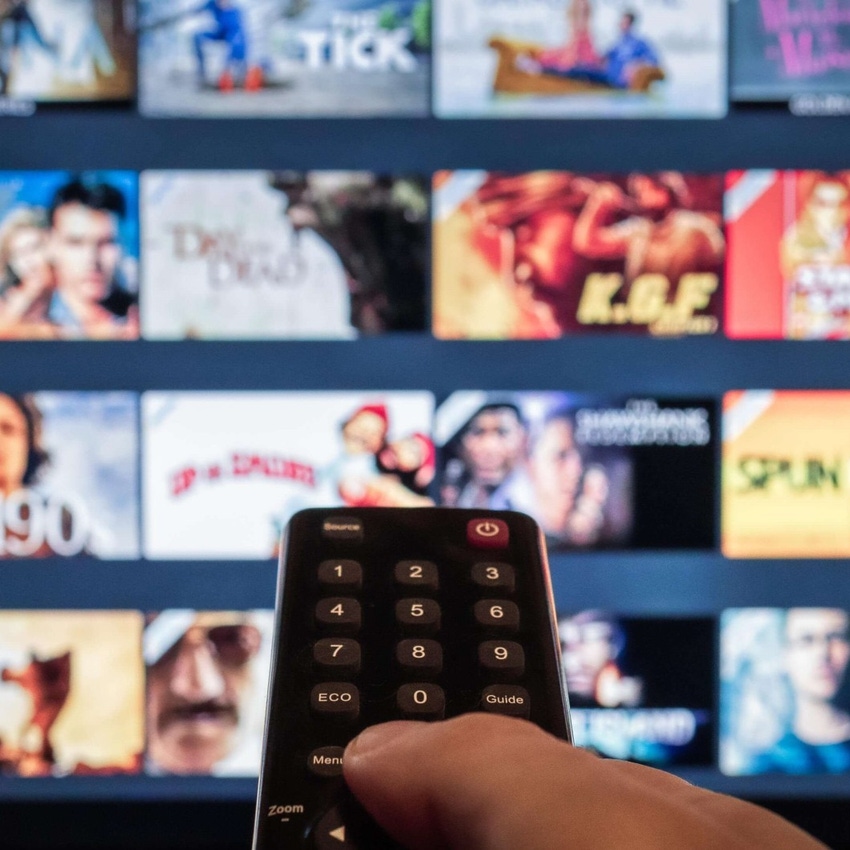Meanwhile, expect major streaming services to emphasize profitability plus new bundles and packages that start to look a little like pay-TV.

News and live sports have long served as the glue holding together the pay-TV bundle. But with an abundance of news streaming options and sports rights shifting to services like Apple TV+, Peacock, Paramount+ and Amazon Prime Video, the bonds between news, live sports and the traditional pay-TV package are rapidly loosening.
Pay-TV's rate of decline dipped to 6.2% in Q3 2022. That worst-ever result put penetration of occupied US households at 61%, a level last seen in 1993, just prior to the arrival of satellite TV in the US, according to MoffettNathanson, an SVB Financial company.
Although the Q3 results represented a new low for US pay-TV, some analysts don't think it has hit the absolute bottom and likely will not even in 2023.
Figure 1:  (Source: Michael Zech/Alamy Stock Photo)
(Source: Michael Zech/Alamy Stock Photo)
"There's still going to be declines next year," predicted Brett Sappington, an analyst who heads up video and entertainment at Interpret. "A plateau is probably two to three years out."
Streaming shifts to profitability
At the same time, Sappington said he expects broad changes to take hold among the direct-to-consumer (DTC) streaming services that some media giants have launched to stave off pay-TV's decline. As recently seen at Disney and Warner Bros. Discovery (WBD), the broader financial health of the streaming businesses is starting to supersede the desire to grow subscribers at all costs.
"I think biggest challenge [for streaming services] over the next year will be profitability," Sappington said. "You can't live on unprofitable subscriber growth forever. If you don't have a plan or don't see it coming soon enough, then that's a problem."
Sappington also expects to see more streaming bundles that start to look a bit like the old pay-TV aggregation model.
Disney already has a bundle that combines Disney+, ESPN+ and the Hulu subscription video-on-demand (VoD) service. Meanwhile, WBD has plans underway to create a new super-sized streaming service option that combines HBO Max and Discovery+.
But the math on that strategy only works if those bundles or merged streaming offerings don't cannibalize stand-alone streaming services and instead drive up the overall average revenue per user (ARPU), according to Sappington.
And to make that strategy sustainable, companies will need to think beyond price and add incremental value, such as exclusive original content, to make broader services or bundles attractive for the long term, Sappington added.
"Content is already a sunk cost, so you want to monetize it as much as you can," he said.
Related posts:
— Jeff Baumgartner, Senior Editor, Light Reading
Read more about:
TrendsAbout the Author(s)
You May Also Like











